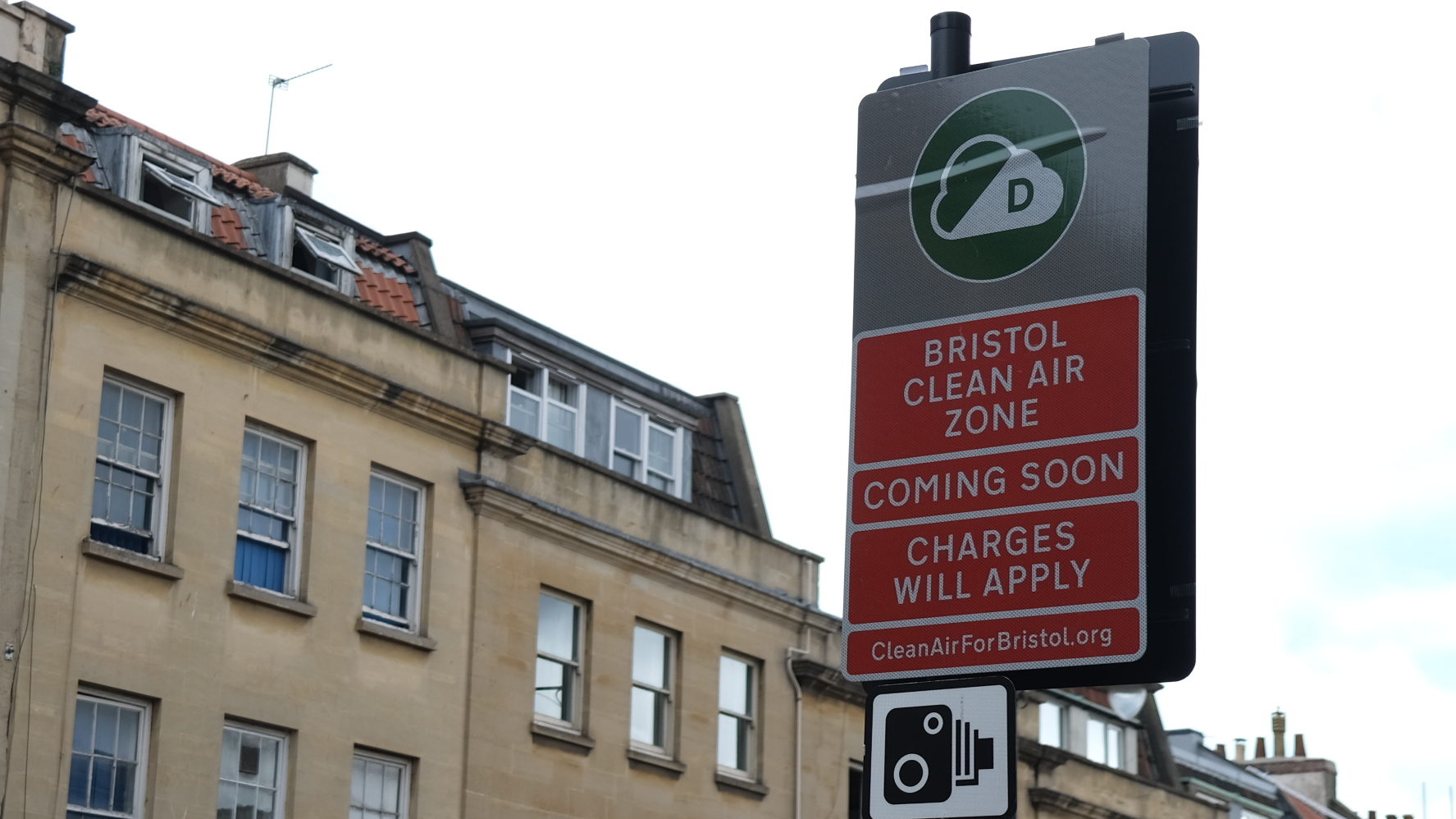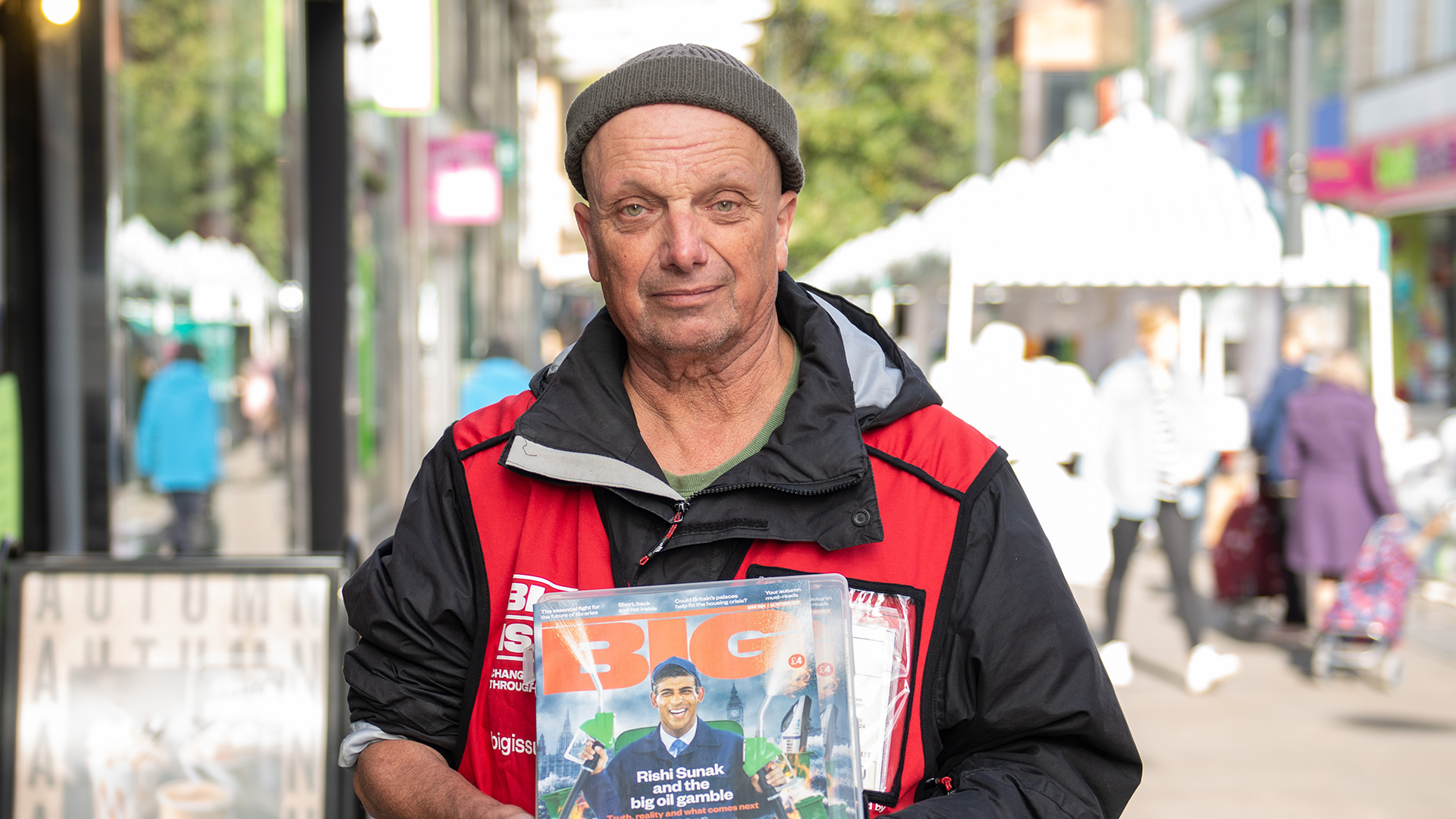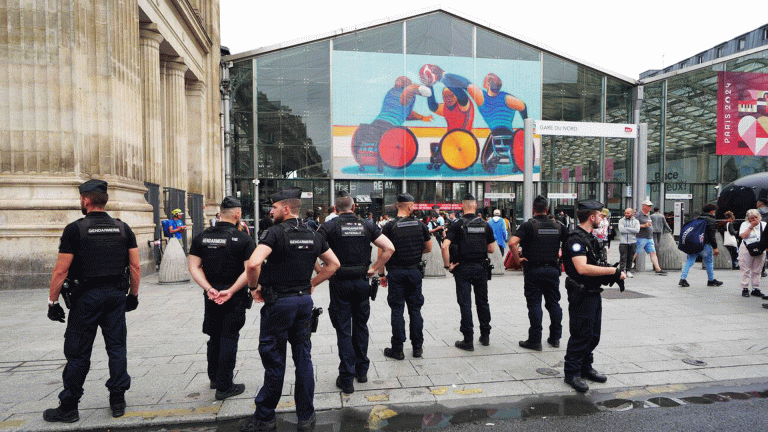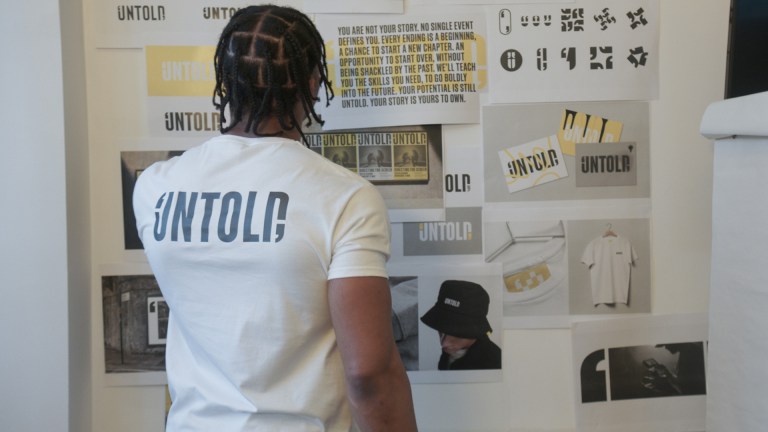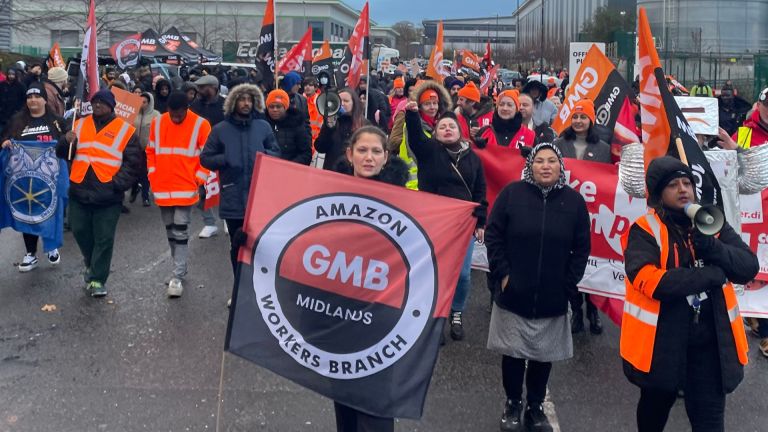Your support changes lives. Find out how you can help us help more people by signing up for a subscription
And then, the pandemic hit. With it came shockwaves for local people and businesses so the mayor of Bristol Martin Rees wrote to the government urging an allowance for a delay, which was granted. But through 2021 and 2022, further delays have been thick and fast – concrete plans not delivered on time so the central government couldn’t approve them in time, protracted consultations that should have happened earlier, and a “concerningly vague” excuse about national bus lanes.
Finally we have a start date: November 2022. But this has been so long coming that it might be easy to lose sight of the reasons we wanted a clean air zone in the first place.
A quick reminder of the situation we’re in. The quality of Bristol’s air is in a dire state. The levels of air pollution are so bad that in some areas they exceed nearly twice the legal limit of NO2 and back in 2019, a study found that five people a week were dying due to the combined health impacts of NO2 and PM2.5 pollution.
Get the latest news and insight into how the Big Issue magazine is made by signing up for the Inside Big Issue newsletter
Then there is our duty to national climate goals. Transport constitutes 27 per cent of all of the UK’s carbon emissions with 91 per cent of that coming from road transport and 61 per cent coming from private cars and taxis.
Quite simply, in order to meet our net zero targets, we need to be driving less, using active transport more, taking public transport more and generally designing our cities for people rather than for cars. Clean air zones are just that vital first step that stop the most polluting vehicles from spewing emissions into the air of our cities.
These clean air zones bring very real benefits which we can see in places where they’ve already been introduced. In Bath NO2 levels have fallen by 21 per cent since their zone’s introduction, in Birmingham a 13 per cent reduction in NO2 along with the most-polluting traffic falling from 18.7 per cent to 9.2 per cent, in Portsmouth 95 per cent of vehicles going through the clean air zone are now compliant, meaning they’re really close to achieving government targets.
In the most ambitious clean air zone in the country, London’s (ultra low emission zone) ULEZ, there have been the most remarkable improvements – a 44 per cent reduction in NO2 in central London and a 20 per cent reduction in inner London, residents dropping diesel cars at a rate that is six times faster than in the rest of the UK, and 94 per cent of all vehicles travelling through the zone now compliant with restrictions.
The simple fact is fewer cars on our roads means healthier, safer, greener cities that are fit for the future.
The Bristol clean air zone is so exciting because the city is joining a group of cities in the UK committed to bringing these benefits to its citizens. The value of these zones will quickly become apparent to Bristol’s residents and we can extend that value by doing more. That means low-traffic neighbourhoods, school streets, wider walkways, improving public transport, improving active travel infrastructure, increasing micromobility hire schemes, building parklets and retaining meaningful low-emissions zones – measures every city in the UK should be bringing in at scale and speed.
Right now I feel that Bristol’s future is looking bright and soon, like cities all over the country, it’ll quite literally be able to breathe easier. It’s now up to the city council to be brave, taking the clean air zone as the first step, learning from other cities and using this as an opportunity and to introduce bold, further measures to bring the city into a climate-secure future.
Rob Bryher is a car-free Bristol campaigner at climate action charity Possible.
@RobBryher
